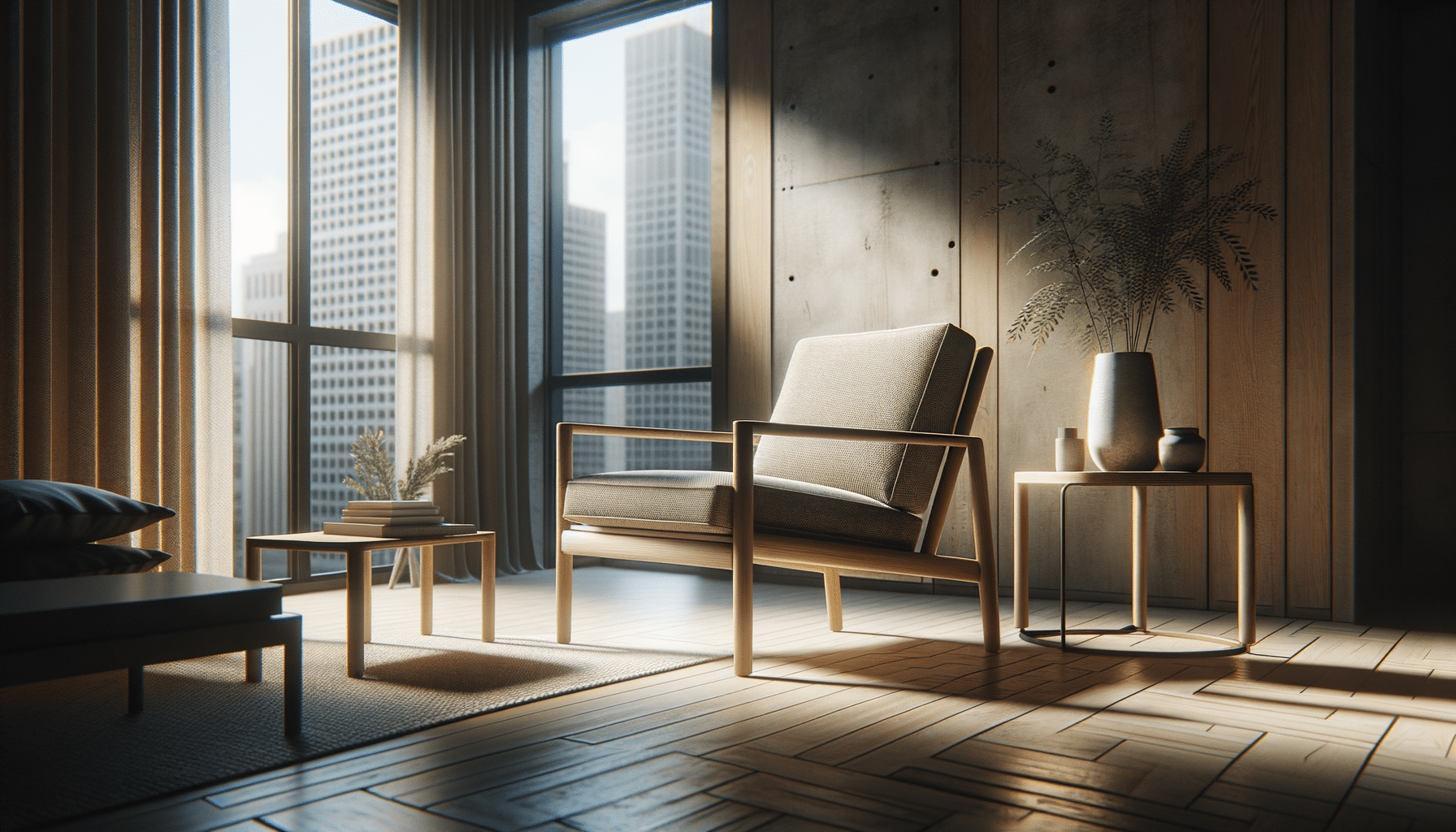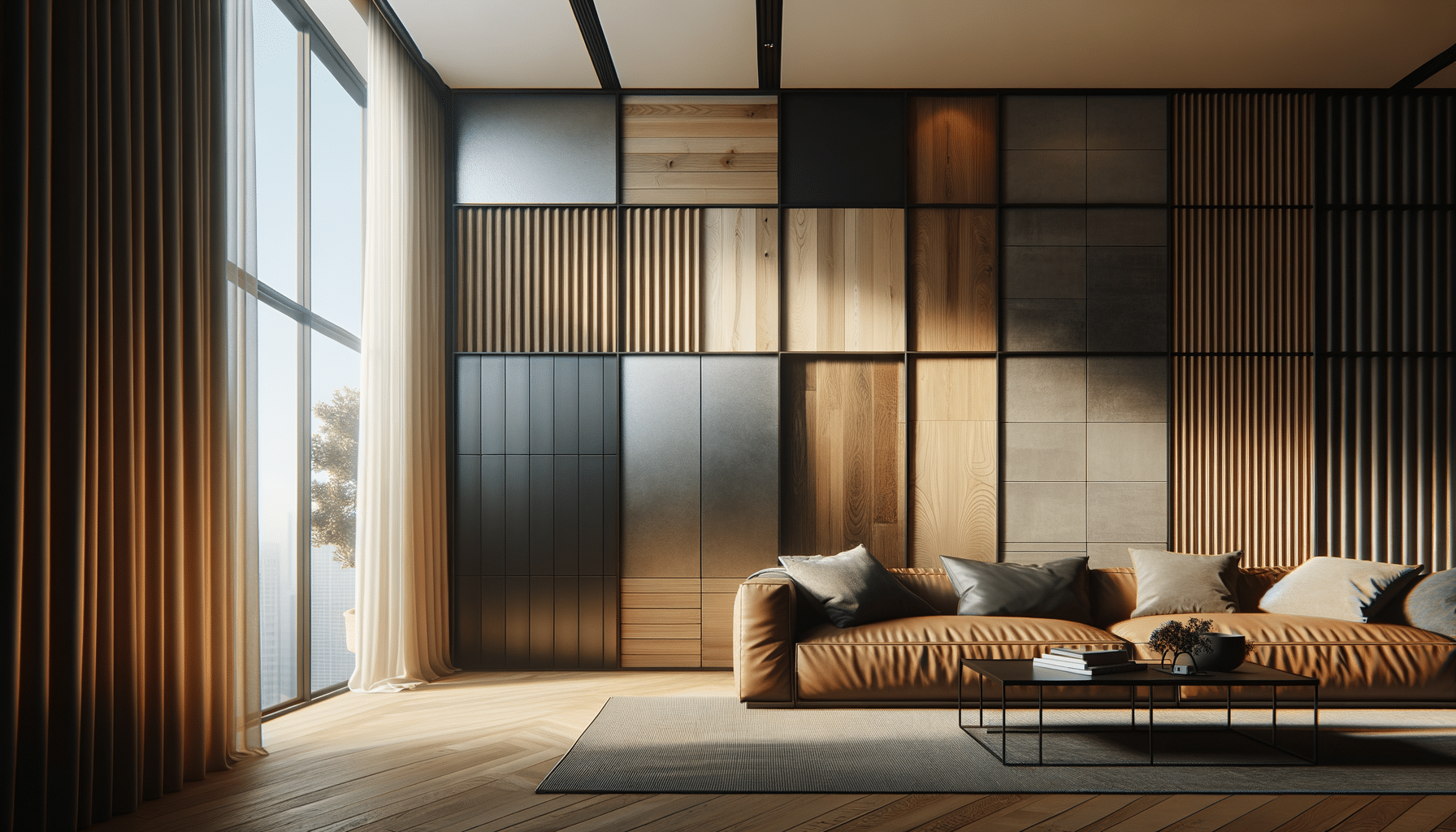
Exploring the World of Chairs: Design, Functionality, and Versatility
The Evolution of Chair Design
Chairs have been a fundamental part of human life for centuries, evolving from simple wooden stools to intricate designs that reflect both functionality and art. The journey of the chair begins in ancient civilizations where rudimentary stools were crafted from available materials like wood and stone. Over time, as societies advanced, the design of chairs became more sophisticated. During the Renaissance, chairs became symbols of status, with elaborate carvings and luxurious materials reflecting the wealth and power of their owners.
In the modern era, the design of chairs has been influenced by technological advancements and changing aesthetic preferences. The introduction of new materials such as metal, plastic, and composites has allowed for innovative designs that prioritize ergonomics and comfort. Contemporary chairs often blend functionality with style, offering versatility that caters to diverse needs and tastes. The evolution of chair design is a testament to human ingenuity and the continuous pursuit of comfort and elegance in everyday objects.
Functionality and Ergonomics in Chair Design
Functionality is a key aspect of chair design, especially in environments where users spend extended periods seated, such as offices or study areas. Ergonomic chairs are specifically designed to support the natural posture of the body, reducing strain on the spine and promoting good posture. Features like adjustable height, lumbar support, and contoured seating are common in ergonomic chairs, making them an essential choice for workplaces aiming to enhance productivity and employee well-being.
The importance of ergonomics extends beyond the office environment. Dining chairs, for example, are designed to provide comfort during meals, with considerations for seating height and back support. Lounge chairs prioritize relaxation, often featuring recline mechanisms and plush cushioning. The versatility in chair functionality ensures they meet the demands of various settings, enhancing the user experience through thoughtful design.
Materials and Sustainability in Chair Manufacturing
The choice of materials in chair manufacturing significantly impacts their aesthetics, functionality, and sustainability. Traditional materials like wood continue to be popular for their natural beauty and durability. However, there is a growing trend towards using sustainable materials as environmental awareness increases. Recycled plastics, bamboo, and reclaimed wood are becoming common choices, reflecting a shift towards eco-friendly production practices.
Manufacturers are also exploring innovative materials such as bioplastics and sustainable composites, which offer the benefits of reduced environmental impact without compromising on quality or durability. The push towards sustainability in chair manufacturing highlights the industry’s commitment to reducing its carbon footprint while producing high-quality products that cater to modern consumer preferences.
Chairs in Interior Design
Chairs play a pivotal role in interior design, serving both functional and aesthetic purposes. They are versatile pieces that can define a room’s style, whether it’s a minimalist, contemporary space or a traditional, cozy setting. The choice of chairs can complement or contrast with other elements in a room, such as tables, lighting, and decor, creating a cohesive and inviting atmosphere.
Interior designers often use chairs as focal points, selecting bold colors or unique shapes to draw attention and add personality to a space. The versatility of chairs allows them to adapt to various design themes, from industrial and rustic to chic and modern. By carefully selecting chairs that align with the overall design vision, homeowners can enhance the visual appeal and functionality of their living spaces.
The Future of Chair Design
The future of chair design is poised to embrace technological advancements and evolving consumer preferences. Smart chairs, equipped with sensors and connectivity features, are emerging as innovative solutions in both home and office environments. These chairs can monitor posture, provide feedback, and even adjust themselves to optimize comfort and support.
As the demand for personalized and adaptable furniture grows, designers are exploring modular chair designs that allow users to customize their seating arrangements. This trend towards personalization reflects a broader shift in consumer expectations, where flexibility and adaptability are highly valued. The future of chair design promises to blend technology, sustainability, and style, offering exciting possibilities for enhancing comfort and functionality in everyday life.


